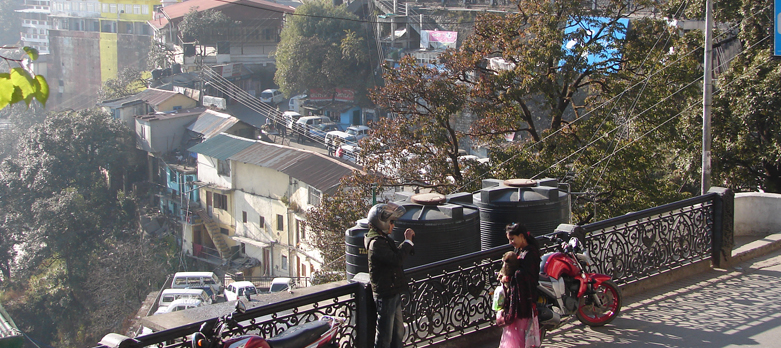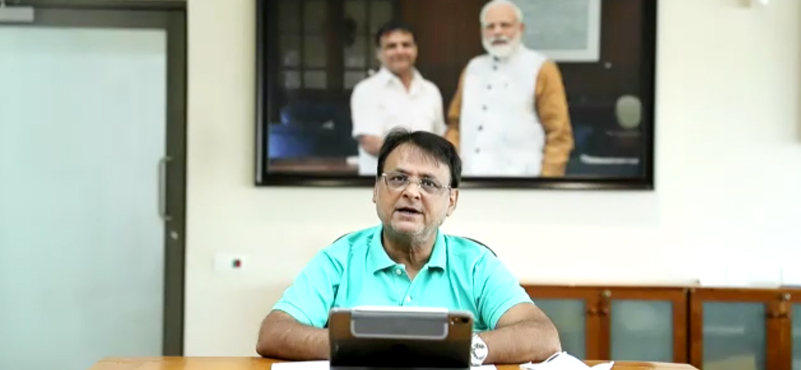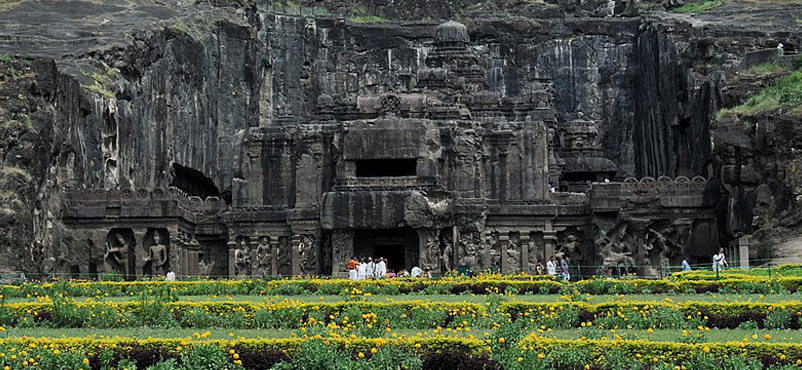Crumbling infrastructure is beginning to impact locals and therefore tourists as well. Water has become a big issue as tourists add to the demand of this vital human requirement. Noted columnists Hugh and Colleen Gantzer file this report from Mussoorie which has reported tourists turning back from the premium hill station for lack of basic facilities. This problem plagues other hill stations as well, infrastructure not keeping pace with growing demand!
The safety valves of our Great Indian Middle Class are collapsing. While the bourgeoisie is burgeoning, the hill stations are not.
This is dangerous. Every society needs safety valves where it can let down its hair, unwind, forget the daily grind and recharge its emotional batteries. Our aspirational Middle Class is lured by hype and the promise of spectacles and tamashas. But if delivery does not meet the hoopla then its inherent pragmatism kicks in, as the Delhi elections showed.
When the mercury soared in the plains, people were lured to the legendary hill-stations. They dreamed of escaping to these fun-filled soaring resorts with natural air-conditioning like Mussoorie. But when they joined long, serpentine, queues of cars winding up the mountains, reality hit them. A headline in The Tribune read Water crisis in Mussoorie, hoteliers fear tourist efflux, loss of business. It went on to explain that though the town needs 14.50 MLD (million litres per day) it gets only7.6 MLD And if visitors in those traffic jams were alert on the Dehradun-Mussoorie ghat toad, they would have noticed water tankers being filled by a canvas hose dangling over the hillside. This water comes from the teeming Dhobi Ghat colony above and it is bought by Mussoorie’s hotels to quench the thirst of their patrons. Is it then being filtered, tested for bacteria or harmful impurities? Most thirsty users never ask: these questions: they’re grateful to get any water at all!
Our hill-stations are victims of their own success. Their civic systems were designed to handle the very limited needs of the Raj, not the increased burden of today. An expert analysis of the Carrying Capacity of Mussoorie was carried out by a commercial wing of the Lal Bahadur Shashtri Academy of Administration in 2001. This revealed that virtually all civic services had been stretched beyond their limit. Water was only one of them. The sewer lines, for instance, had been laid down in 1934. Now they are, literally, bursting with their present over-load., often spewing raw sewage on our roads and hillsides. And yet, when plans for a new system were designed, at great expense, the planners conveniently failed to take into account that more water would be required to make this system work with minimum efficiency. Consequently, though money continues to be spent in laying the lines they have not been connected to the old system and adequate water sources have not been tapped.
This reckless disregard of every recommendation of the Carrying Capacity study of Mussoorie blights every aspect of our, so-called, development. It is most apparent in the activities of the misnamed Mussoorie Dehradun Development Authority. Hotels, apartments and other constructions continue to strain Mussoorie’s fragile environment with impunity, often built on inadequate foundations and on slopes too steep to hold them securely. Mussoorie straddles a major geological fault-line, the same one that recently devastated Nepal. In fact the entire Himalayas are an unstable range being pushed up by the pressure of the Indian tectonic plate as it thrusts, like the blade of a monstrous bulldozer, under the European plate. Consequently all our Himalayan hill-stations are under threat. Sadly, Mussoorie is the only one with a Carrying Capacity study: the others do not have one to tell them how dangerously close they are to implosion
One solution to this problem is to create new hill stations. This can be done in the private sector but unless the government steps in and curbs the rent-seeking avarice of bureaucrats, such resorts will be too expensive for the average man. Investors have told us that corruption has not been eliminated. It’s just that the spotlights that once illuminated corruption have been dimmed. As the legal saying goes The absence of evidence is not evidence of absence.
Alternatively, the government can get into the business of developing new hill stations. To do so successfully, it will have to shed its righteous ideological baggage. Holidaymakers visiting a sarkari hill-station would not like to be confronted by a list of don’ts including the wearing of bikinis, consumption of alcohol, eating a T-bone steak, holding hands, wearing western clothes or behaving in any manner that offends the delicate feelings of our sanctified moral guardians.
On the first anniversary of our NDA government, a meeting of the righteous in Haridwar demanded a ban on river rafting on the Ganga. A respected swami claimed that in the name of rafting and beach camping, couples could be seen expressing their love openly and consuming alcohol. Where does that leave those icons of our ancient cultural heritage: Khajuraho, Konarak, Ras Leela and the venerated Soma?
Water is just one of the crises facing the traveller in search of relaxation in our hill station. The systematic plugging of other safety valves are, apparently, a sacred work in progress.
By Hugh & Colleen Gantzer




































